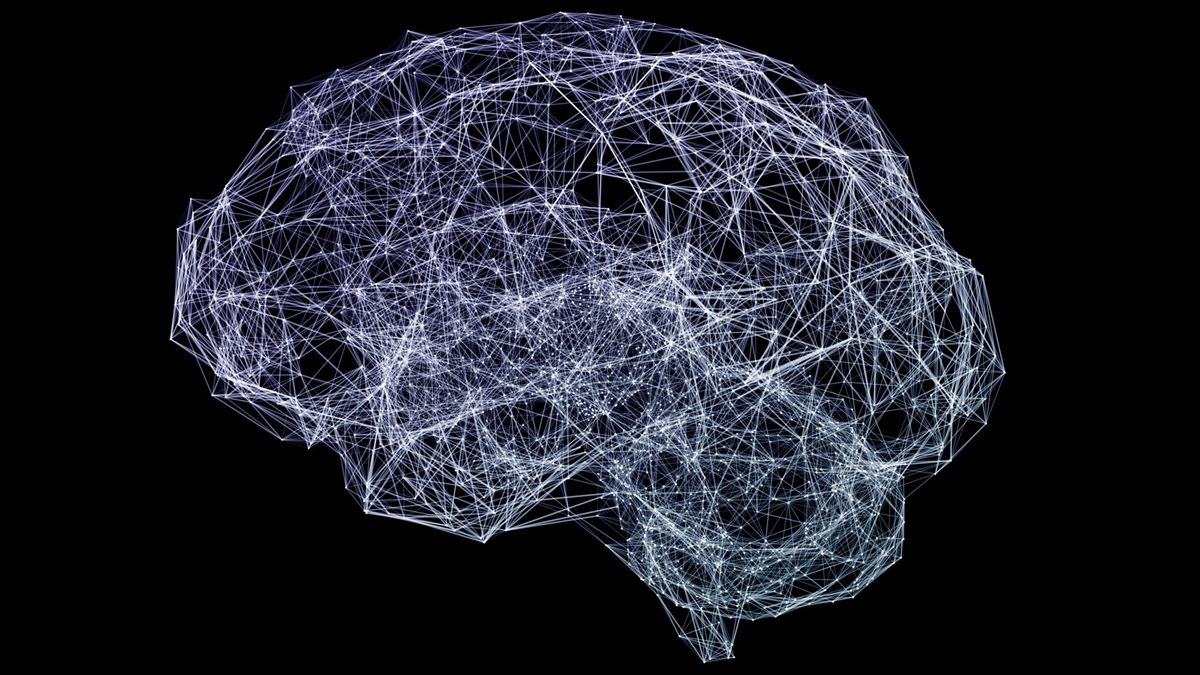Scientists have identified six biologically distinct forms of depression, which could explain why some people don’t respond to traditional treatments for the condition, such as antidepressants and talk therapy.
In a new study, researchers analyzed brain scans of more than 800 patients who’d been diagnosed with depression and anxiety. These scans were taken as the patients were resting and while they were engaged in different tasks designed to test how their brains functioned.
Specifically, the team compared the brains of the patients, looking for differences in the activity of specific regions and the connections between them. These brain “circuits” had previously been identified as being implicated in depression. They include the frontoparietal network, which is associated with goal-driven behavior, and the default mode network, which is tied to daydreaming.
Using a type of artificial intelligence (AI) known as machine learning, the team was able to categorize the patients into specific groups based on their brain scans. Patients within each group differed in terms of their symptoms and their ability to complete certain tasks, the team found. They described their findings in a paper published Monday (June 17) in the journal Nature Medicine.
For instance, patients who had high activity in regions of the brain associated with processing emotions were more likely to display feelings of anhedonia — the inability to experience pleasure — than other patients. They also performed worse than the others on tasks that assessed their executive function, or capacity to focus and manage activities.
Related: ‘Scent therapy’ helps unlock memories in people with depression, trial finds
Despite being grouped under the same umbrella term of major depressive disorder (MDD), not everyone experiences depression in exactly the same way, Leanne Williams, co-senior study author and a professor of psychiatry and behavioral sciences at Stanford University, told Live Science.
To be officially diagnosed with MDD, a patient must have experienced at least five of nine possible symptoms of depression — such as depressed mood, insomnia and fatigue — for at least two weeks. However, this leaves a lot of possible symptom combinations.
A better understanding of the biological reasons for a particular symptom of depression may help patients feel like they’re understood and may help reduce any stigma associated with their condition, Williams said.
In a separate analysis, the team found that three of the six subtypes that they’d identified showed signs that they were either more or less likely to respond to specific treatments. For example, patients who had high activity in cognitive regions of the brain responded better to an antidepressant called venlafaxine, commonly marketed under the brand name Effexor, than other subtypes did.
This knowledge could be clinically useful, as up to a third of people with depression don’t respond to any form of treatment. Meanwhile, it can take weeks or months to determine if antidepressants, for instance, will have an effect on a particular patient’s symptoms.
“To see that we can predict better outcomes on specific treatments really makes it [this work] really worthwhile,” Williams said.
This is an “extraordinary” study, Greg Siegle, a professor of psychiatry at the University of Pittsburgh, who was not involved in the research, told Live Science in an email.
The idea that neuroimaging-derived subtypes of depression could have important clinical differences and potentially different treatment responses could be a critical step in moving towards personalized care, he said.
The researchers now plan to test their approach on more people. They’d also like to look at the response of each subtype to other treatment options.
The hope is that someday, doctors might be able to match patients to the type of treatment that is most likely to work for them based on their subtype, Williams said.



)






